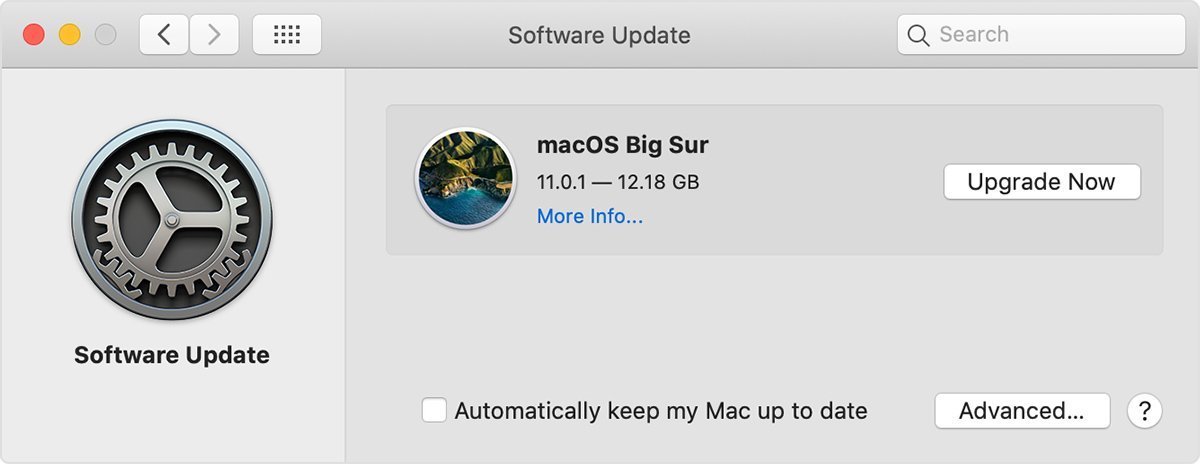Replica Watches Shop
Breitling Replica Watches
Omega Replica
cheap panerai replica
Software updates are a way for software developers to fine-tune a product to make it the best it can be. They offer small, frequent improvements rather than major changes. Unlike a software upgrade, updates need the existing software program we’re using to work. Updates sometimes run automatically in the background.
What is software update?
An update is new, improved, or fixed software, which replaces older versions of the same software.
For example, updating our operating system brings it up-to-data with the latest drivers, system utilities, and security software. Update are often provided by the software publisher free of additional charge. We’re probably no stranger to those little pop-up windows. They tell us software updates are available for our computer, laptop, or mobile device.
We might be tempted to click on that “Remind me later” button. Don’t do it. Or, at least don’t put off updating our software for long.
Software updates are important to our digital safety and cyber security. The sooner we update, the sooner we’ll feel confident our device is more secure-until the next update reminder.
Why are software updates so important? There are a lot of reasons. Here are some points important to update software regularly.
1. Software updates do a lot of things: Software updates offer plenty of benefits. It’s all about revisions. These might include repairing security holes that have been discovered and fixing or removing computer bugs. Updates can add new features to our devices and remove outdated ones.
While we’re at it, it’s a good idea to make sure our operating system is running the latest version.
2. Updates help patch security flaws: Hackers love security flaws, also known as software vulnerabilities. A software vulnerability is a security hole or weakness found in a software program or operating system. Hackers can take advantage of the weakness by writing code to target the vulnerability. The code is packaged into malware-short for malicious software.
An exploit sometimes can infect our computer with no action on our part other than viewing a rogue website, opening a compromised message, or playing infected media.
What happens next? The malware can steal data saved on our device or allow the attacker to gain over our computer and encrypt our files.
Software updates often include software patches. They cover the security holes to keep hackers out.
3. Software updates help protect our data: We probably keep a lot of documents and personal information on our devices. Our personally identifiable information-from emails to bank account information-is valuable to cybercriminals.
They can use it to commit crimes in our name or sell it on the dark web to enable others to commit crimes. If it’s a ransomware attack, they might encrypt our data. We might have to pay a ransom for an encryption key to get it back. Or, worse, we might pay a ransom and not get it back.
Updating our software and operating systems helps keep hackers out.
4. It’s not all about us: Ok, cybersecurity is mostly about us, but we’ve got other people to think about, too. If our device gets a virus, we could pass it on to our friends, family, and business associates. That’s why we want to keep our software and systems updated.
A trusted security program such as norton 360tm can help keep our devices secure. And that can potentially help all those people we interact with online. But it’s also important to know anti-virus protection isn’t enough to protect our devices against all cyber threats.
5. We deserve the latest and greatest: Updates not only patch security holes, but they can also add new features and improve existing ones. We don’t want to fall behind the times, right?
In that way, software updates really are all about us. Our software program may get a new shot of stability-no more crashing. Or an update might boost program performance-more speed. We deserve no less.
We could ignore those reminders to update our software, but we might be missing out on a lot, starting with our cybersecurity.
Another option? If we’re still not keen on clicking “update now”, we may be able to configure our devices to update automatically. If so, our problem is solved.
Benefits of software upgrade:
- Lastest security patch. New software tackles/ prevents the latest security vulnerabilities.
- Improve stability. The new software improves the ability to remain unchanged over time and in different conditions.
- Being trustworthy
- Well structured
- Enjoy new features
- Benefits of pricing
- Keep hardware healthy
- Enhanced user interface.
How to update our software?
Keeping our software up to date is a crucial practice in Internet safety. Most software updates automatically by default, but we should know how to check the updates and being the process ourselves. Knowing how to keep our software updated can improve our computer’s stability and security and let us know about new features, helping us be an informed and empowered user.
Keeping your operating system updated is one of the most important steps in protecting ourselves from viruses, malware, and other Internet security threats.
Windows 10
In Windows 10, you decide when and how to get the latest updates to keep your device running smoothly and securely. To manage your options and see available updates, select Check for Windows updates. Or select the Start button, and then go to Settings > Update & Security > Windows Update.
It may take a moment for windows to search for updates. Once it does, if there are any updates available it will prompt us to install them.
It may take a while to install all the updates. It’s safe to leave the computer and do something else while it finishes. Once it’s done, windows will probably prompt us to restart the computer. If we need to do anything else after this, windows will prompt us; otherwise, we’re up to date!
Mac OS
- Choose System Preferences from the Apple menu , then click Software Update to check for updates.
- If any updates are available, click the Update Now button to install them. Or click “More info” to see details about each update and select specific updates to install. You might be asked to enter your administrator password.

- When Software Update says that your Mac is up to date, the installed version of macOS and all of its apps are also up to date. That includes Safari, Music, Photos, Books, Messages, Mail, Calendar, and FaceTime.
- To automatically install future updates, including for apps that you got from the App Store, select “Automatically keep my Mac up to date.” Your Mac will notify you when updates require it to restart, so you can always choose to install those later.
Benefits of upgrading systems
- Don’t get left behind: Software that is not moving forward could be sliding backward. Remember that competitors are upgrading. Be the leader.
- New options available: With an upgrade new, innovative enhancements are added, often based on consumer feedback, needs, and wishes.
- Security: Upgrades may have new security capabilities, and will prevent you from lagging behind on security if old versions of the software are retired.
- ROI: Any good vendor is going to want to see its customers thrive. Future products and platforms are meant to be sold to you, so the upgrades implemented now are meant to benefits you and your bottom line. Upgrades.
Should= Success. - Technical support: You may have become completely competent with your old software, but a new upgrade might re-engage the desire or need for increased training and support from your vendor, potentially uncovering new, better systems and methods.
So, Stay tuned with us for more updates and leaks about the IT industries. Thank you!

















Add comment